REVIEW – I mentioned in my previous review of Chaosgate: Daemonhunters on TheGeek.hu that I am close to a cynical soul about the total anti-utopia of the Warhammer 40 000 world. A militant world where no one is good, in any sense of the word.
Everyone is driven by the overriding need to expand and/or survive in this world. It is a good description of the world that the closest thing to the “right” or morally correct direction today are the T’au’s with their strong communist influence. But neither the (space) orcs that have grown from intelligent fungi, nor the space elves that have brought about their own downfall (and the creation of a new Chaos God!) by their decadent lifestyle, nor the Tyranids created as a brazen rip-off of Alien, are concerned with any moral aspects. They want to live, survive and expand. In opposition to the alien species known as the Xen, there is the Human Empire, cruel and inhuman, operating and trying to survive in a way that belies the dictatorships of the 20th century. But the greatest threat to our galaxy is not the living nor the undead Necron. It is the hyperspace that simmers beyond the fabric of Reality. This warp is the projection of the sentience of the sentient races and, more specifically, its inhabitants, the gods, and demons of Chaos. Here, though, my favorite anti-utopian logic is slightly flawed, for the story says that only negative emotions are projected, even though there are at least as many positive emotions in the world as there are negative ones. But let’s not throw up logic to a cruel (grimdark) world!
Even among chaos gods, there are stars
Of the four Chaos Gods, Nurgle, also known as Grandpa, the Lord of Disease, Decay, and Destruction, is, for some reason, the most popular among game developers, as he plays the lead role in Chaos Gate: Daemonhunters. Of course, you can understand the developers because Khorne, the god of blood and war, is too brutal, Tzeentch, the lord of change, is too incomprehensible, and Slaneesh, the god of over-emotions, would be too sexual to escape a serious age rating. Somehow, zombie poxwalkers, exploding infectious nodules full of yellow bodily fluids, and other chaos mutants don’t bother the overseers watching over innocent children’s souls. Of course, this could also be because Nurgle re cares about his followers, loves them, and rewards them or their success with more and more mutations.
This is a much easier sell to shareholders than the Khornerian battle cry of “Blood for the blood god, skulls for his skull throne!” or Slaneesh’s sophisticated, devilish and erotic BDSM games. Either way, we’re back to Nurgle in Fatshark’s latest game. I note with trepidation, before the enraged fanatics vomit on chainswords, that the world is far from consistent about the mundane presence of the chaos gods collectively known as the Powers That Be. The Grey Knights Space Guard, as they were known in Chaosgate: Daemonhunters, once nearly wiped out an entire planet because its inhabitants became aware of the existence of Chaos.
The administration of justice is not perfect, even in a dark dictatorship
By comparison, where we pick up the thread in Darktide, even the common soldiers of the Imperial Guard (not Astra Militarum, just because), specifically the conscripts of the Inquisition, know about it. In the case of the four character classes, the story begins on a dungeon ship that chaos cultists attack. Neither the innocently convicted ex-Imperial Guardsman (sniper) nor the vast, slightly simple-minded ogryn, who stands at nearly 6ft tall, nor even the deluded religious fanatic have “naturally” committed any crime. Still, the Inquisition’s offer is impossible to refuse. Thus, the other two optional castes: the religious zealot (zealot) and the imperial psi (psyker) are added to the team (though I have not yet seen the intro to the latter).
In a story co-authored by Dan Abnett (in my opinion, the best Warhammer 40 000 writer), we meet the narrator at the beginning of the game, who looks like everyone’s favorite grandmother. Except for the nose ring and the bionic eye. But her wrinkled, good-humored face and tousled grey hair should not fool anyone. He’s Brahms, commander of the metaphorically named Mourningstar, carrying the Inquisitor Grendyl and his army of mostly Rejects to an uprising of chaos and infection in the flea-infested city of Tertius on the planet Atoma Prime.
We will spend a significant part of the game on board the Mourningstar. For those who have played developer FatShark’s previous game Vermintide II or its predecessor, it may sound familiar, for me it reminded me of the last FPS I played, Destiny 2. Even the way weapons are categorized and upgraded is similar. But then, I don’t think there is any shame in adopting solutions that work! In a nutshell, you can buy new weapons, skins, upgrade your gear and even practice in the virtual space called Psykanium by running around between different stations. From the central hall, we embark on our first mission by communicating with Zola, who we met in the introduction. Obviously, only the lowest of the five difficulty levels is available to our novice characters. The character generation, which at first seems a bit unnecessarily long, is later only for mood elements, with the constantly texting fallen reacting to each other and the environment according to the parameters set in the introduction. Aside from the usual Jagged Alliance acid-pepper of the past, the golden nuggets of current events in the world of Warhammer 40 000, such as Cicatrix Maledictum literally splitting the galaxy in two, or the God-Emperor’s earlier struggle to be treated as a god, are avoided.
Spectacular, atmosphere first class; you can almost smell it
The well-optimized engine ran smoothly even on my mediocre machine, with low graphics settings, but still offered unparalleled visuals. The vast, open desert terrain, the claustrophobically enclosed dark alleys where the childishly intelligent ogryns constantly complain about the smells all provide the perfect backdrop for the somewhat horror-filled combat. The literal hordes of zombies (poxwalkers) emerging from the darkness, the unexpected and paralysing attacks of poxhounds, the mutant chaos monsters, the blood splattering from melee weapon strikes, and flying body parts, complemented by the dark areas common to many of the maps, give the butchery a slightly Resident Evil and Alien: Colonial Marine-esque feel, but they’ve managed to take the best elements of the above games. So much so that in some maps, the special attack of certain weapons, i.e., the gun light (no joke!), is the most helpful tool; it’s worth choosing a firearm that suits the map. There are some where you need to shoot a lot of fire close up (that’s where you usually need the flashlight), and others where you need to shoot relatively farther and relatively less. Bolter rulez!
The influence of the world (and its predecessor) on the combat system is somewhat apparent, as most fights are decided in close combat. But even here, it’s brilliantly done. As well as the obligatory light and heavy attack, there’s a defensive stance that reduces the damage of enemy attacks and even a parry stance with certain weapons that effectively nullifies the enemy’s attack. Unless you’re talking about a flamethrower, other firearms, or a 10-foot mutant ogryn’s two-handed mace. Because if it hits you, even though you can dodge it, the hit will send you flying and damage you. The former is usually the fatality of most FPSs set in 3 dimensions since you can “survive” falling 1-2 floors, but falling into a chasm of unseen depth or even a cauldron of seething metal should be fatal under any circumstances. But not for the minions of the godsend!
An experience that combines the best elements of the gaming style
Because one of the definite genius elements of this obviously co-operative game is that instead of dying and causing serious difficulties for the others, you grab the railing or the edge of the balcony at the “last moment” and hang there, shouting loudly for help. Which they can do by pressing the E button. But before that it is advisable to knock down the opponents running around because during the few seconds of the process they will expose themselves to the attack. Another ingenious component of combat is the damage system. The thin blue and thick white stripes in the bottom left of the picture represent our toughness and vitality. The top one works roughly like the shield in space games. Most attacks hit it first and only consume our life force after it runs out, which we can replenish during the courses with strategically placed med stations. Toughness is recharged by melee kills, but more importantly by the proximity of our companions! Another brilliant idea to strengthen cooperation. In the same vein is another feature that was new to me.
And that is the phase when we run out of vitality. This is when our character collapses and screams loudly for help. Until the red line that appears disappears completely, our teammates can “revive” us, i.e. they can help us up by pressing the E button, similar to hanging on a railing. We can then continue the fight with slightly reduced vitality. If this does not happen in time and the red line also runs out, we “die”, i.e. we are captured as a casualty. The guarded(!) prisoner, placed on the mandatory route, is handcuffed and waits to be rescued by the others, which happens as described above. This is also necessary, again reinforcing the co-operative feel, because the lifts between levels, for example, often won’t even start if all four players aren’t on board. Of course, if someone drops out during the 30 minutes or so of missions, or if the team was not there at the start, the matchmaker will either replace them with someone else or throw in sticks. Going back to melee, my favourite is the special attack, which I’ve moved from the mouse scroll wheel – which has other functions – to Alt so it’s much easier to call forward. The aforementioned weapon flashlight can be switched this way, but so can, for example, the bayonet attack of the bayonet laser rifle(!), as well as the shotgun blast of the machine rifle. The latter is useful if you don’t have time to switch to a melee weapon during a horde attack.
From sluggers to laser rifles, mutants to cultists, it has the heart of 40 000
The other type of combat is firefighting, although half of the 4 character classes currently available, the sniper and psi, are primarily effective at this, while the ogryn and fanatic are effective at melee. The weapons are varied and familiar from the 40,000 universe, with different damage rates, the rotary revolvers that were classified as handguns in Destiny 2 are still very damaging at close range, but only five-shot, the laser rifle with a 95 round magazine can only fire a single shot, and my favourite assault rifle (autogun) has no optics. But my real favourite, the iconic weapon of the universe, is the bolter. A rocket-propelled weapon that fires 20 millimetre rounds, it’s slow to reload, heavy, has no optics, but its firepower is unmatched.
Oh, and one more thing. There is no team kill (for now), so we can’t wound our teammates, we can simply walk over them. The only downside is that they cover their targets, and although the indicator tells them that they’ve been hit by friendly fire from some direction, only our attacks are lost. This isn’t always a problem, for example if you start shooting in a room full of exploding barrels and tanks, but it’s often frustrating if you’re not playing with a close-knit team.
Anyone who knows Nurgle’s followers will not be surprised to find a lot of opponents, perhaps apart from the chaos ogryns and dogs, there was nothing I hadn’t seen before, at least on the field table. Since we are playing with humans (and, well ogryns) luckily we don’t encounter chaos guards and big demons (at least I didn’t run into them until level 21) with the exception of one Nurgle beast, the main difficulty is usually the weak but many opponents that pop up from unexpected places. Zombies, cultists, and various mutants can get players into a lot of trouble. Even if you throw grenades, even if the fanatic has a flamethrower, even if the ogryn can hold off most opponents with his wardrobe-sized shield, the attackers coming from a variety of places, often over your head, can really test your teamwork. Many of Call of Duty’s adult, otherwise professional players have ruined the team’s play by being selfish. Here you have to stick strictly together, sometimes splitting into teams of 2 at most, because you have to help each other because if a player who has wandered off on his own to find treasure is suddenly and inevitably caught by a dog, there is no one there to help.
In a word, I was impressed by the game. The various missions and maps, the firm but non-violent pressure to cooperate, the whole 40 000 atmosphere. I haven’t gotten to the end of the story yet, but there are some surprising twists and turns specific to the world, and the pre-mission briefings (in military terms, briefings), plus the inserts on completion, set the mood. Oh, and the accents of the characters. That was amazing! I found no American voice; everyone spoke some variant of British English, sometimes startlingly intelligible yet distinctive.
Feeling at home on the spacecraft
On board Morningstar, as you progress, you can customize your weapons and fighting style in more and more ways with different blessings and perks and even completely transform your physique with the help of a plastic surgeon, who can offer you a wide range of options (15-20 different options per aspect). As for the game’s monetary system, as usual, there are several types of currency, and fortunately, the things you can buy for real money are purely aesthetic. After level 18, I was ashamed of the red jumpsuits on my convicts and upgraded to a few pieces that at least give my sniper a more military look on some level. In addition, some of the maps have atmospheric background music, which is also not typical for this type of FPS.
In summary, Fatshark has delivered an incomparably enjoyable game with a high replayability factor that perfectly captures the atmosphere of the brutal and dark world of Warhammer 40 000. Not being an FPS expert and not having played many co-operative games, I don’t know how different it is from other games on the market (other reviewers say not so much). Still, I was impressed by its thoughtfulness, visuals, and execution. Typical of the easy-to-learn, difficult-to-master category, full of subtleties such as the hill of ogryns in the narrow corridor should move sideways so as not to obscure their companions’ launch angles, or that someone should constantly look behind them.
P.S. I was writing this article and looked at the other reviews. As I mentioned, I’m a strategy player, I rarely play FPS, and I don’t think I’ve ever played a co-operative game, except maybe Call of Duty 1-2 co-operative modes. Well, that wasn’t yesterday either. I’m not a gfx freak either, for me it’s enough to be able to recognize the target, ray tracing and other fancy and memory consuming chili-chili solutions don’t bring me into fire, ergo I accept that my taste doesn’t meet the taste of the average gamer.
On the other hand, it is important for me that a game has a soul and that it shows that its creators loved making it, loved working on it. The postponement of the launch and several other signs, including the fantastic soundtrack, point to this being the case with Darktide.
For me, is the game of the year, even beating Chaosgate: Daemonhunters, which has a similar theme.
-UrsaMaior-
Pro:
+ Gameplay, just one more match!
+ Mood, British accent
+ Full 40,000 feelings
Contra:
– More crafting options wouldn’t be bad
– Sometimes selfish players can spoil the gaming experience
– There should be more castes and more tracks
Publisher: Fatshark
Developer: Fatshark
Style: FPS
Release: November 30, 2022.
Warhammer 40 000: Darktide
Gameplay - 8.2
Graphics - 8.4
Co-op mode - 8.2
Music/Audio - 8.5
Ambience - 8.4
8.3
EXCELLENT
For me, is the game of the year, even beating Chaosgate: Daemonhunters, which has a similar theme.

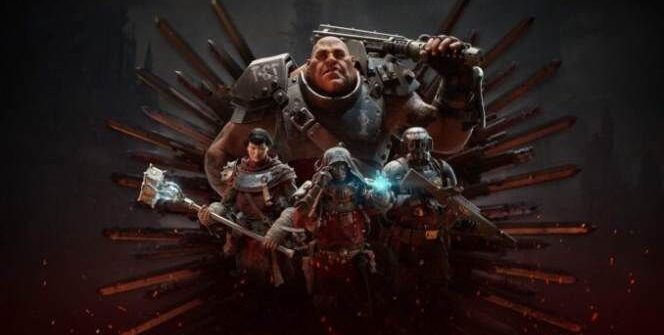
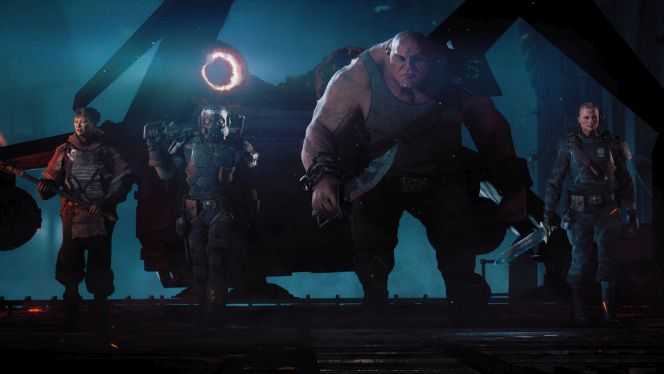
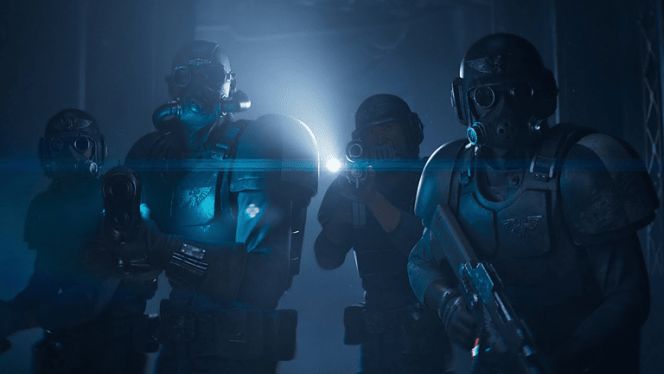
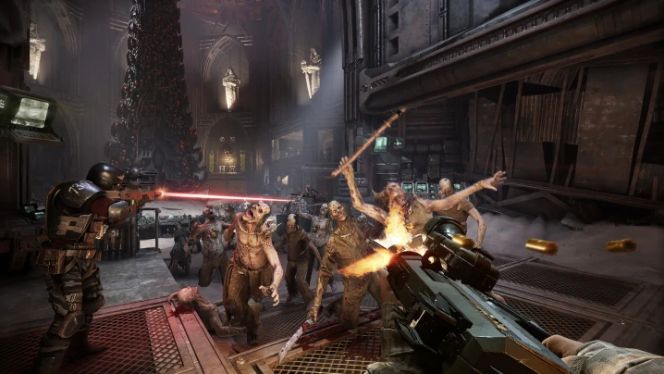
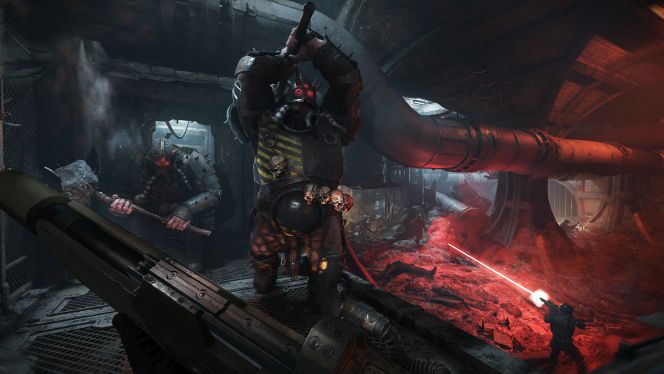
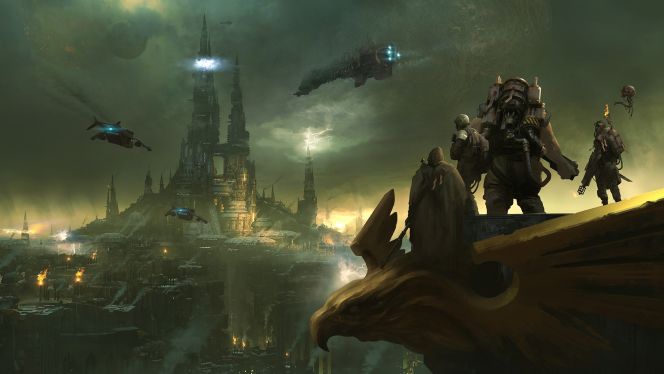
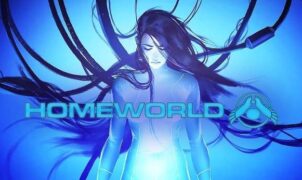
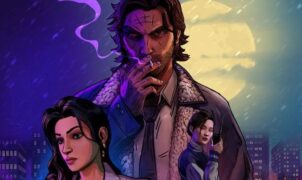
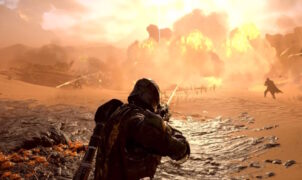
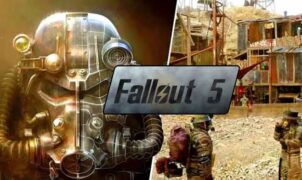
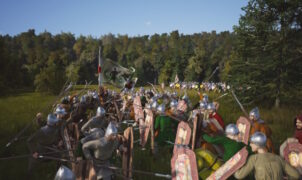
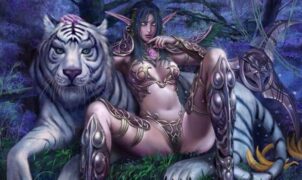
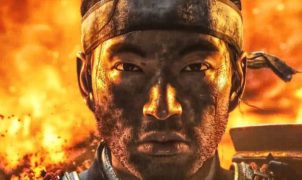
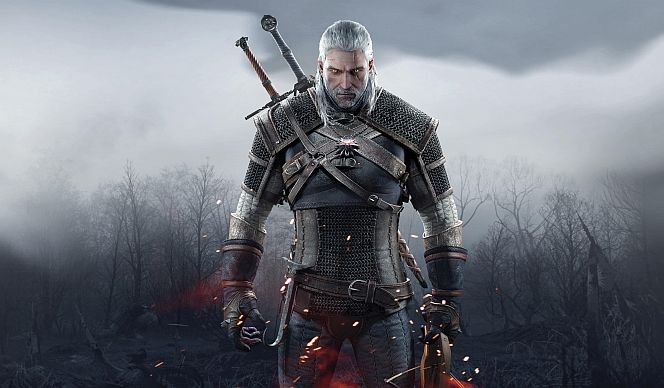
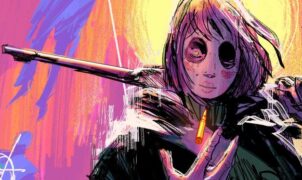
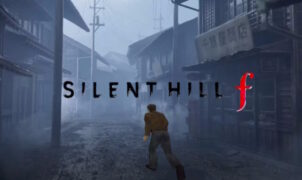
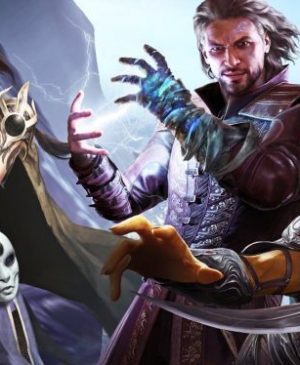
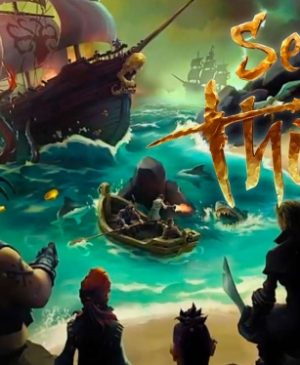
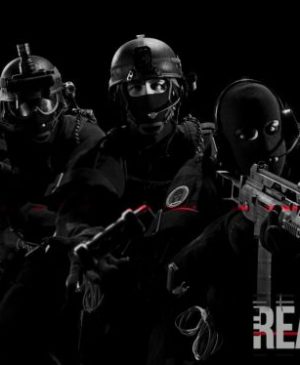
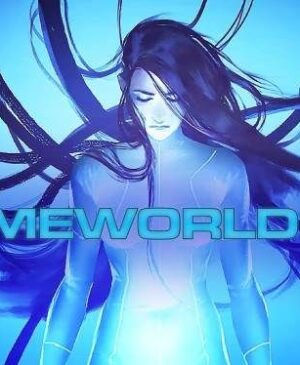
Leave a Reply